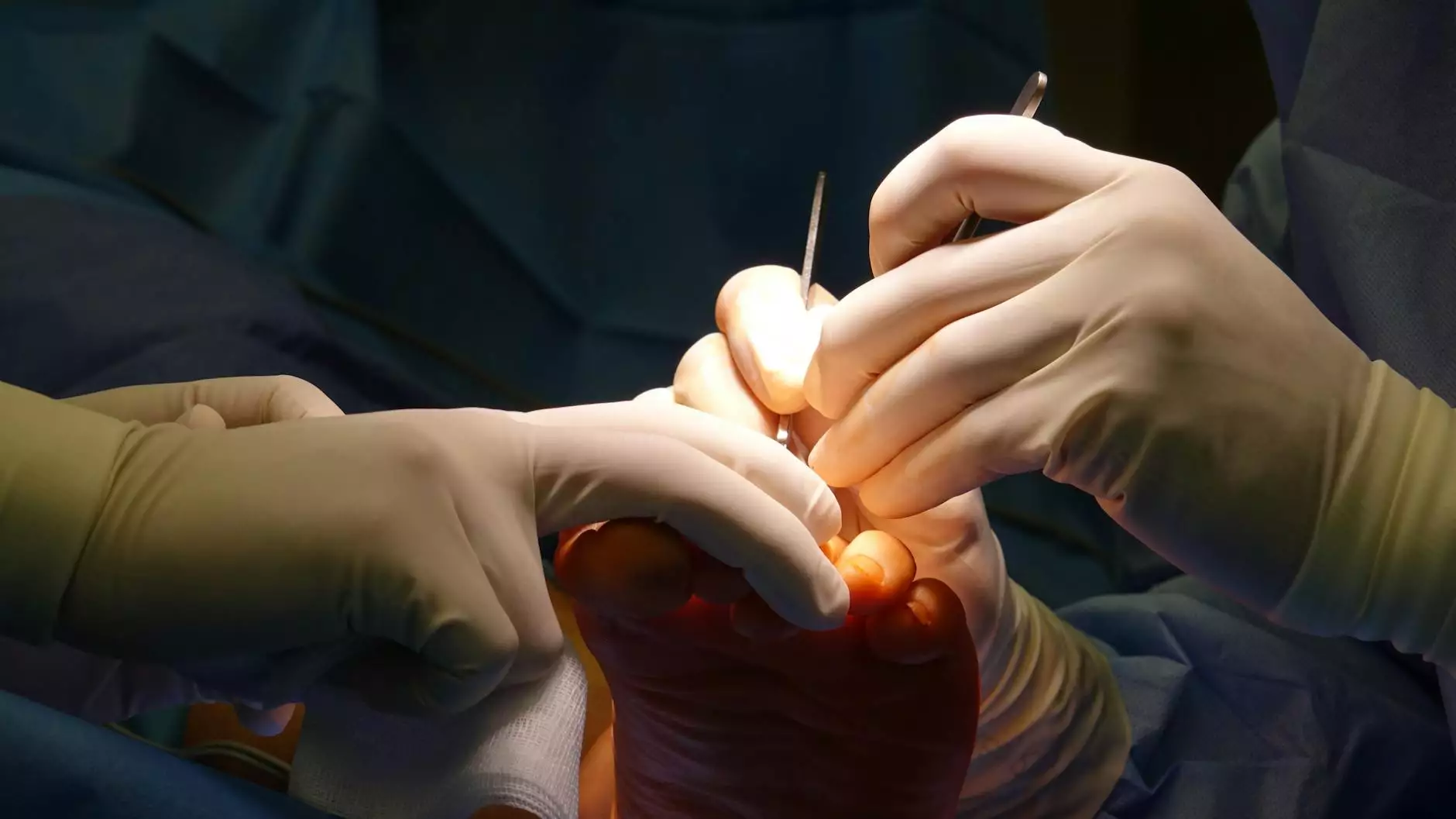Bilateral Salpingo Oophorectomy: A Comprehensive Overview

The term bilateral salpingo oophorectomy refers to a surgical procedure that involves the removal of both ovaries and fallopian tubes. This operation is crucial in several medical scenarios, especially concerning women’s reproductive health. Understanding this procedure is vital for patients who may be advised to undergo it, allowing them to make informed decisions regarding their health.
What is Bilateral Salpingo Oophorectomy?
A bilateral salpingo oophorectomy is a surgical intervention performed to remove both ovaries and their corresponding fallopian tubes. This procedure can be necessary for various medical reasons, including:
- Ovarian Cancer: As a preventive measure or treatment option.
- Endometriosis: A condition in which tissue similar to the lining inside the uterus grows outside of it.
- Ovarian Cysts: Persistent cysts that may cause pain or other complications.
- Genetic Predisposition: Women with BRCA gene mutations may opt for this surgery to reduce cancer risk.
The Importance of Understanding the Procedure
For patients considering a bilateral salpingo oophorectomy, comprehending the procedure’s details is essential. This knowledge helps in understanding potential outcomes, recovery processes, and the impact on one’s overall health.
How is the Procedure Performed?
The surgery can be conducted using different techniques:
- Open Surgery: Involves a larger incision for direct access to the abdominal cavity.
- Laparoscopic Surgery: Minimally invasive technique using small incisions and a camera, allowing for faster recovery.
The choice between these techniques will depend on the specific medical circumstances and the surgeon’s recommendation.
Benefits of Bilateral Salpingo Oophorectomy
Many women undergo a bilateral salpingo oophorectomy for various benefits, such as:
- Reduction in Cancer Risk: Significantly lowers the risk of ovarian and certain types of breast cancers for high-risk individuals.
- Relief from Severe Symptoms: Can provide relief from severe pain associated with endometriosis or other ovarian conditions.
- Preventive Measure: A proactive step in managing health for women with genetic predispositions.
Risks and Considerations
While the procedure offers numerous benefits, it’s also crucial to consider the potential risks, including:
- Surgical Risks: Complications may arise during surgery, such as infection or bleeding.
- Hormonal Changes: Removal of the ovaries leads to hormonal changes that may necessitate hormone replacement therapy.
- Emotional and Psychological Effects: Women may experience psychological impacts, including depression or anxiety following surgery.
Recovery After Bilateral Salpingo Oophorectomy
Post-operative recovery is a crucial aspect of the bilateral salpingo oophorectomy experience. Recovery can vary depending on the surgical method used:
Open Surgery Recovery
Recovery after open surgery may take longer due to the size of the incision. Patients can expect:
- Hospital stay of 3 to 5 days.
- Pain management through medications.
- Resuming normal activities within 6 to 8 weeks.
Laparoscopic Surgery Recovery
In contrast, recovery after laparoscopic surgery is generally quicker:
- Hospital stay of less than 24 hours.
- Less post-operative pain and quicker return to daily activities.
- Most can return to work within 1 to 2 weeks.
Long-term Considerations and Follow-Up
After undergoing a bilateral salpingo oophorectomy, patients need to engage in continual follow-up for their overall health:
- Regular Check-ups: Essential for monitoring health and managing any post-operative complications.
- Hormonal Balance: Discussing hormone therapy options with healthcare providers can help manage symptoms from hormonal changes.
- Emotional Support: Engaging in counseling or support groups may be beneficial to address emotional adjustments post-surgery.
Conclusion
A bilateral salpingo oophorectomy is a significant surgical decision with far-reaching implications for women's health. Understanding the procedure’s details, the potential benefits, and associated risks can empower patients to make informed choices about their health. Engaging with healthcare professionals for discussions regarding this procedure can be beneficial for anyone considering it.
For more personalized care and guidance regarding bilateral salpingo oophorectomy and related health issues, visit Dr. Seckin's website. Our team of dedicated professionals is here to support you through your health journey.
Frequently Asked Questions
To further assist you, here are some common questions about bilateral salpingo oophorectomy.
1. Will I need hormone replacement therapy after the surgery?
It depends on your age and individual circumstances. If you are pre-menopausal, you may need to discuss hormone replacement options with your doctor.
2. How will this surgery affect my fertility?
This procedure will eliminate the possibility of natural conception as both ovaries are removed. If you are considering future pregnancy, discuss this with your healthcare provider beforehand.
3. Are there alternatives to bilateral salpingo oophorectomy?
Alternatives depend on the condition being treated. Options may include other surgical procedures or watchful waiting, depending on individual circumstances.
4. What can I do to prepare for the surgery?
Your healthcare provider will give you specific instructions. Typical preparations include blood tests, imaging studies, and discussions regarding anesthesia.
5. What should I expect during recovery?
Follow your doctor’s instructions regarding recovery. Expect moderate pain that can be managed with medication, and take time to rest and heal.









